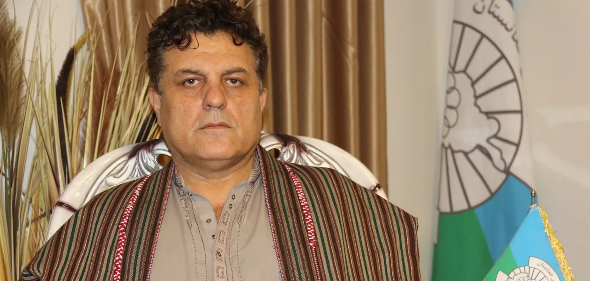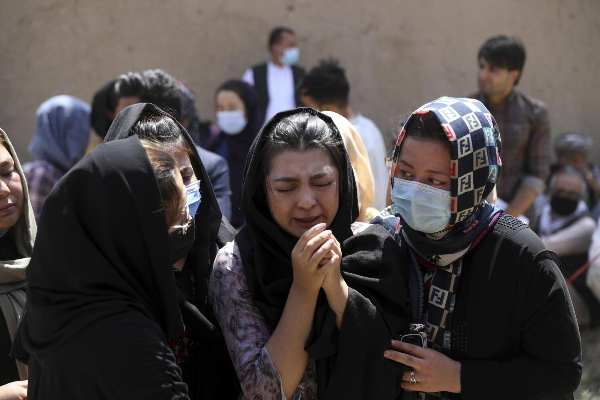The UN Assistance Mission in Afghanistan (UNAMA) says in a report that the number of civilian casualties from the Afghan conflicts has a 23 percent decrease compared to the same period last year.

In the first quarter of 2019, the UNAMA continued to document high levels of harm to civilians from the armed conflict. From 1 January to 31 March 2019, UNAMA documented 1,773 civilian casualties (581 deaths and 1,192 injured), including 582 child casualties (150 deaths and 432 injured), the report says.
This represents a 23 percent decrease in overall civilian casualties as compared to the same period last year and is the lowest for a first quarter since 2013, the report adds.
The overall reduction of civilian casualties was driven by a decrease in civilian casualties by suicide improvised explosive device (IED) attacks, the report notes.
UNAMA notes the particularly harsh winter conditions during the first three months of the year, which may have contributed to this trend, the report underscores.
It is unclear whether the decrease in civilian casualties was influenced by any measures taken by parties to the conflict to better protect civilians, or by the ongoing talks between parties to the conflict, the report says.
UNAMA says that the mission remains very concerned by the continued targeting of civilians and increase in civilian casualties from the use of non-suicide IEDs by Anti-Government Elements, as well as significant increases in civilian casualties from aerial and search operations, which drove an overall increase in civilian casualties by Pro-Government Forces.
Civilian deaths attributed to Pro-Government Forces surpassed those attributed to Anti-Government Elements during the first quarter of 2019, the report further says.
Between 1 January and 31 March 2019, UNAMA attributed 608 civilian casualties (305 deaths and 303 injured) to Pro-Government Forces, representing a 39 percent increase from the same period last year.
UNAMA notes with concern that Pro-Government Forces were responsible for more civilian deaths than Anti-Government Elements during the first quarter of 2019. UNAMA attributed 17 percent of civilian casualties to the Afghan national security forces, 13 percent to international military forces, two percent to pro-Government armed groups, and two percent to multiple Pro-Government Forces.
Between 1 January and 31 March 2019, UNAMA recorded 18 incidents that impacted education, 4 12 of which were attributed to Anti-Government Elements, four to Pro-Government Forces, and two jointly to Anti-Government Elements and Pro-Government Forces. Four of these incidents involved attacks by Taliban targeting girlsí schools in Farah province, mostly in areas under their control, including setting the school buildings and equipment on fire. While no casualties were recorded, the attacks spread fear among the students and their families and led to school closures, affecting education for almost 3000 girls.
During the first three months of 2019, Anti-Government Elements remained responsible for the majority of civilian casualties, causing 963 civilian casualties (227 deaths and 736 injured), representing a 36 percent decrease as compared to the same time period in 2018, the report adds.
According to the report, UNAMA attributed 39 percent of civilian casualties to Taliban, 12 percent to Daesh and three percent to unidentified Anti-Government Elements.
UNAMA remains seriously concerned about Anti-Government Element attacks that deliberately target civilians, including the civilian government administration.
LINK: https://www.ansarpress.com/english/10883
TAGS:






























 Ghani Removed From UN Heads of State List
Ghani Removed From UN Heads of State List 




